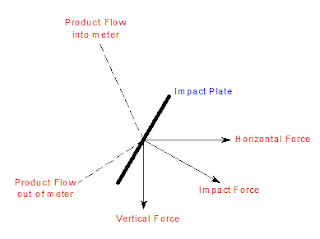Turbulence and Flow Patterns and how they affect Air Flow Measurement in a Duct
One question that I am asked about all the time is "Why would I need to have a flow straightener and/or flow conditioner to get a good air flow measurement?" The answer to this questions always comes down to duct configuration or duct arrangement. If you have a duct that is long and straight, then it is a good bet that there are enough "straight duct runs" to get a decent flow profile in the duct and therefore a good flow measurement. What most customers find is that these long and straight duct runs just don't exist. In fact, most customers find that there are more turns, twists, bends, tees, and transitions than the even knew they had.
 |
| Air/Gas Flow Products & Technology |
So what do you do when you find you do not have the long straight runs based on your duct configuration or duct arrangement and the guidelines? That is where the flow straightener and flow conditioner come into play. The flow straightener helps to get rid of cyclonic flow, straightening out the flow pattern. Unfortunately flow straighteners only straighten the flow and do not fix the profile, so if the flow is all on the top of the duct, it will not get the flow to fill the duct.
The flow conditioner on the other hand will help to get the flow to fill the duct, but it will not straighten the flow, so if it is cyclonic, it remains cyclonic. The flow conditioner, like a venturi, throttles the flow through a section that squeezes the flow down that is typically smaller than the main duct. This allows the flow to fill the smaller section. Flow profilers also require a huge section of duct in order to take advantage of their profiling capabilities.
The answer would be to use a flow straightener AND flow conditioner. Something that needs little to no upstream and downstream straight runs and eliminates swirl, cyclonic flow, reverse flow, and profiles the flow to provide a pattern that allows for an accurate Air Flow Measurement. Once such device is the High Beta from Eastern Instruments. It can be fit to any duct configuration or duct arrangement and in most cases needs less than half a diameter straight run. Click the link below for more information or email us for more information.
https://easterninstruments.com/products/HBP.html
https://easterninstruments.com/products/highbeta.html
